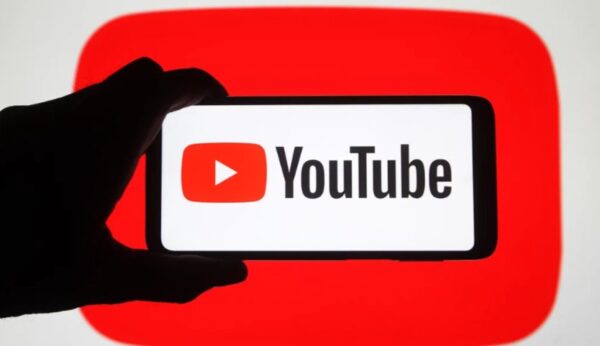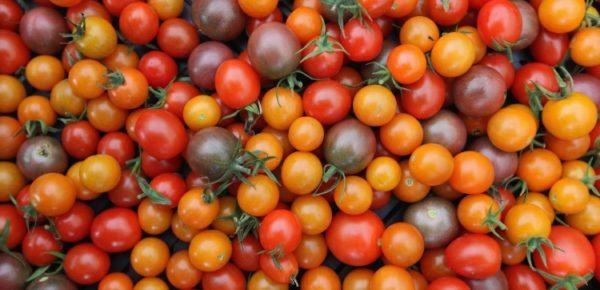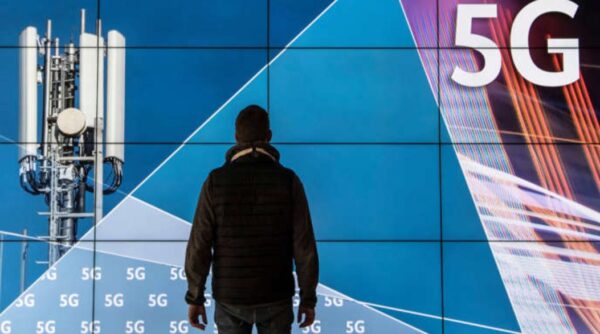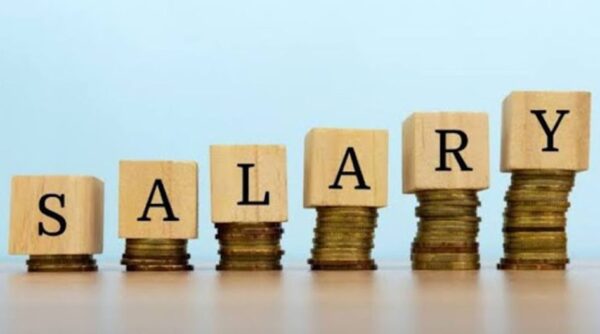Lifestyle
YouTube’s 2025 algorithm rules: What they mean for content creators

YouTube began in 2005 as a platform for sharing personal clips, and today, it has become a global content juggernaut owned by Google, with over 2+ billion monthly logged-in users.
YouTube’s new rules)
1. No more “mass‑produced” content
2. Repetitive content
3. AI usage is under scrutiny
4. Reused content needs transformation
What’s not changing)
- Subscriber and watch-time thresholds remain the same: 1,000 subscribers + 4,000 watch hours or 10 million Shorts views.
- Reaction, commentary, and clip-based channels are not banned, as long as creators add unique value.
- No sweeping bans on AI, the focus instead is on lazy or spammy use of AI tools.
What this means for creators
- Audit your content: Do any videos fall into mass-produced or repetitive categories?
- Add real value: Provide commentary, storytelling, tutorials, or editing that shows your voice and creativity.
- Use AI responsibly: If using AI tools, layer in your insights, voice work, or unique take to distinguish your content.
- React and remix smartly: Always go beyond raw reactions, offer critique, background context, or analysis.
- Prepare for manual review: YouTube may revisit older videos, not just new uploads.







